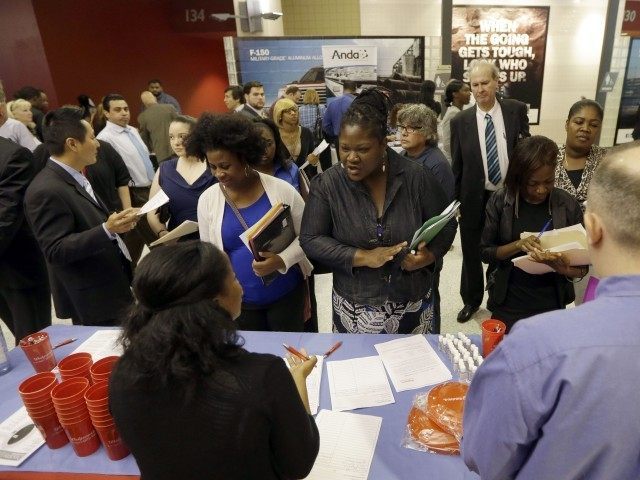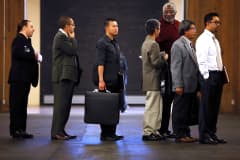
The number of women not in the labor force reached a record high in July, according to data released Friday by the Bureau of Labor Statistics.
According to the BLS, 56,209,000 women aged 16 and older were not participating in the workforce in July, besting April’s record of 56,167,000 women who were neither employed nor had made a specific effort to find work in the four weeks prior.
July’s figures represented an uptick of 124,000 over June’s level of 56,085,000 women who were out of the workforce.
The civilian labor force also shrank for women last month from 73,547,000 in June to 73,528,000 in July. The labor force participation rate for women, meanwhile, remained the same at 56.7 percent.
Of those women considered to be in the workforce, 69,638,000 had a job and 3,891,000 were unemployed. The unemployment rate for women was 5.3 percent in July, up slightly from June’s 5.2 percent.
The month of July also saw a record 93,770,000 Americans not participating in the labor force.
While the labor participation rate remains at the lowest it has been since the late 1970s, the overall unemployment rate remained at 5.3 percent and nonfarm payroll jobs increased by 215,000.














